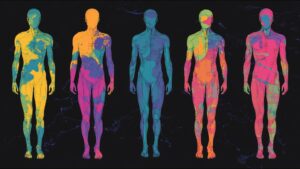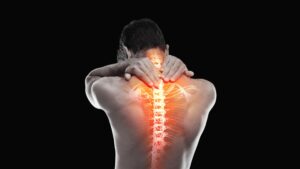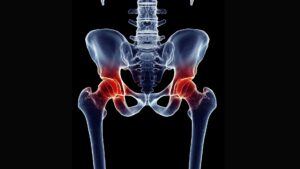Manual of Treatment by Massage and Methodical Muscle Exercise (1887) by Joseph Schreiber, M.D. translated by Walter Mendelson, M.D.Obtaining quality continuing education as a manual or massage therapist is often tricky business. Going to a workshop can be an expensive endeavor. There is not only the cost of tuition and travel, but also missed income from being unable to work during the event. Having direct feedback from an experienced practitioner is extremely valuable and worth the investment, but hands-on workshops are not the only way to improve your hands-on skills.
Joseph Schreiber, a medical doctor in the 19th century, was adamant that massage and manual treatment can be learned without direct observation from a teacher. Reading a book or watching a video can be just as rewarding for therapists who already have a skill and knowledge base to work from. As you read the following excerpt and download the free public domain e-book, keep in mind that this work is old enough that spelling conventions and technical jargon were different at the time. However, Dr. Schreiber’s observations still hold water today, and modern therapists will find much food for thought in his book.
“Can Massage Be Learned Without a Teacher?
Until quite recently, it has been the custom to affirm that one could only become a mechano-therapist by being instructed by others. I may, however, claim for myself the small credit of having been the first to show, in an address delivered before the fifty-fourth meeting of Natural Scientists (Naturforscher-Versammlung), held, in 1881, in Salzburg, that this opinion is erroneous, and that the necessary knowledge and skill can very well be mastered without an instructor, if, with each manipulation the final end, namely the physiological effect, be kept strictly in view; while, on the other hand, mere slavish imitation of the description of some procedure, even when carried out to its minutest details, will never lead to success.
Descriptions and explanations are of course, indispensable, but every practitioner of mechano-therapy deviates insensibly and often considerably from the original directions; just as an experienced surgeon, though following generally prescribed rules, yet performs an operation in his own individual way.
Anyone devoting much time to mechano-therapy will fall naturally into methods peculiar to himself. Given a particular case, and different physicians, all, perhaps, equally skilled in the art, will proceed each according to his own method, yet the various means adopted will all attain the same end in view. The beginning only is difficult, and confidence in the method will at once be acquired by the cure of a single case; especially of one before regarded as incurable. No mere routine must ever be allowed to replace the application of those anatomical and physiological principles which must be our guides in the treatment of every case.
So far as self-teach is concerned, almost involuntarily the question occurs: How did the first practitioners of the method begin? Who taught them? Certainly, only their own endeavors. It follows, therefore, that any physician may acquire the methods up to a certain degree of perfection, merely by study and reflection. Nevertheless, special instruction or often the simple observing of others, greatly facilitates the progress of a beginner. Obstacles will be sooner overcome, and doubts and difficulties are more easily removed, besides much useless experimentation is saved. The fact also of being constantly encouraged and stimulated in one’s task by the advice of some experienced physician, is no small gain. In addition to all instruction, however, a certain inborn mechanical dexterity is indispensable, and it is very evident that there are numbers of physicians whose whole nature unfits them for this kind of practice.”
As Schreiber says, carrying out a procedure for the sake of the procedure is a dead-end. Applying a routine to a body based on the operator’s muscle memory is not the same as using a technique to find a pace, depth, and level of conscious involvement that is acceptable for your client. Therapists who begins a new course of study should be especially mindful of the desired anatomical and physiological effects for proper application. With experience and dedicated study, any therapist can deep their skill set.









